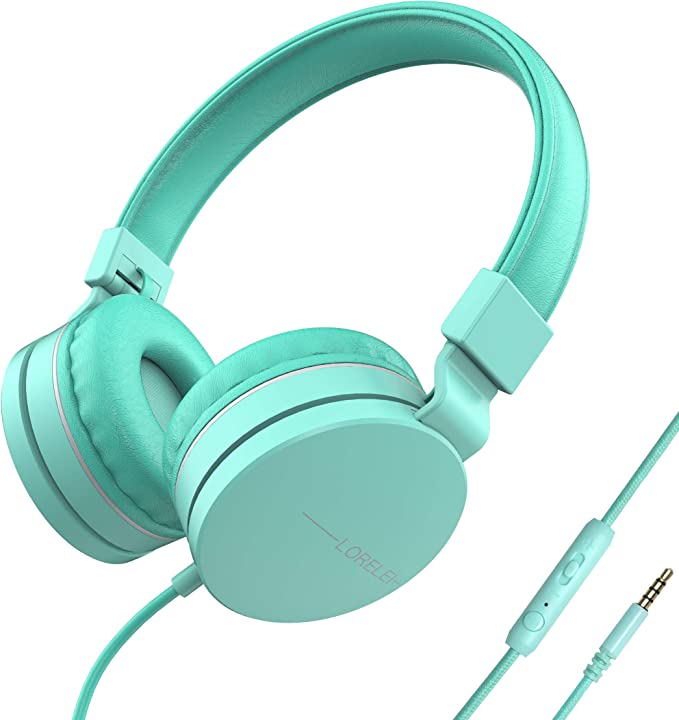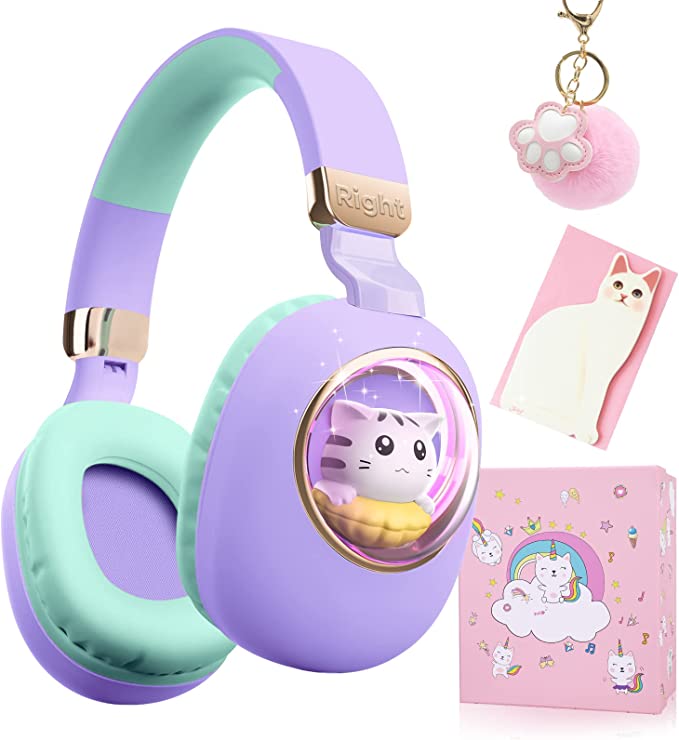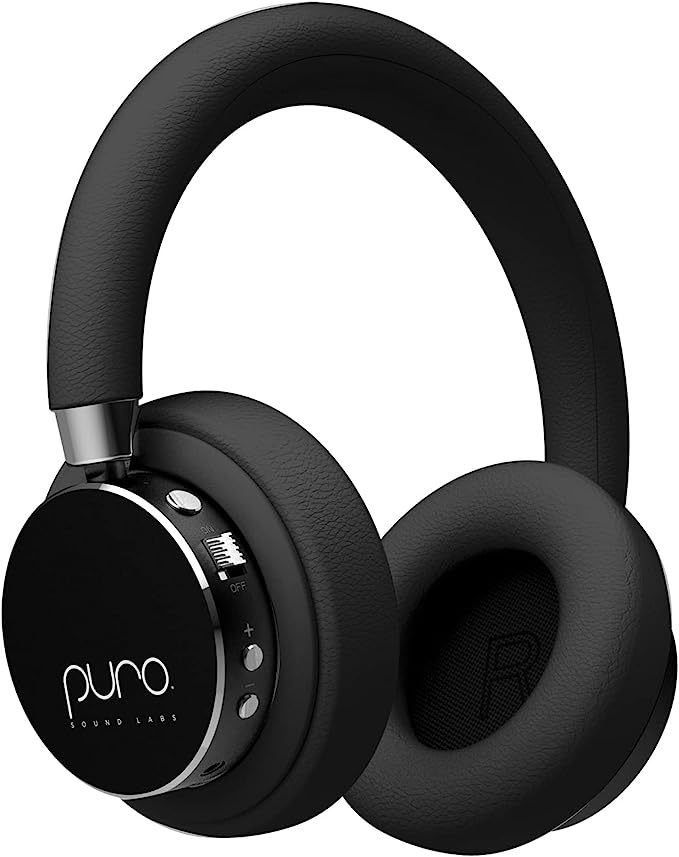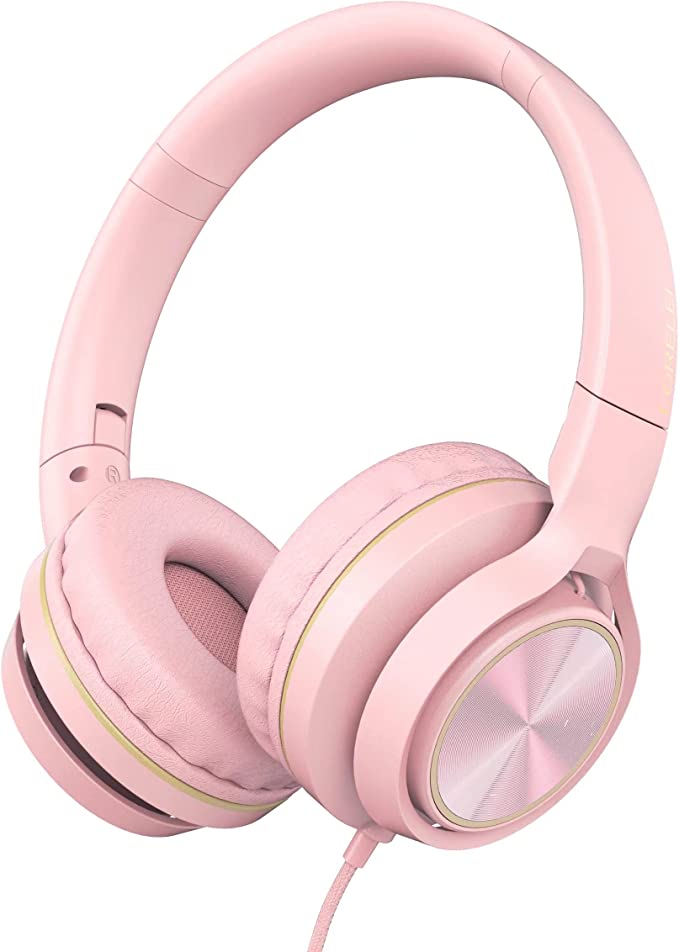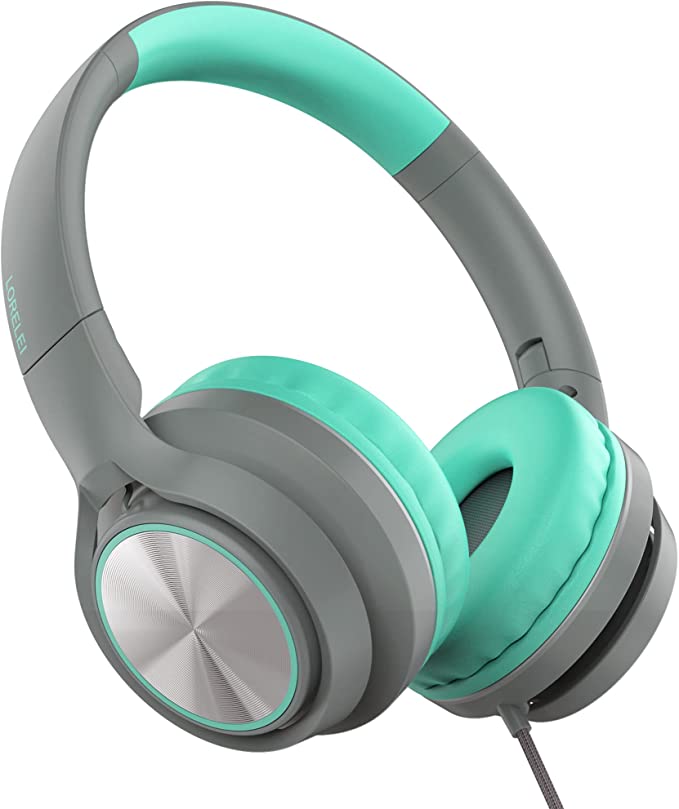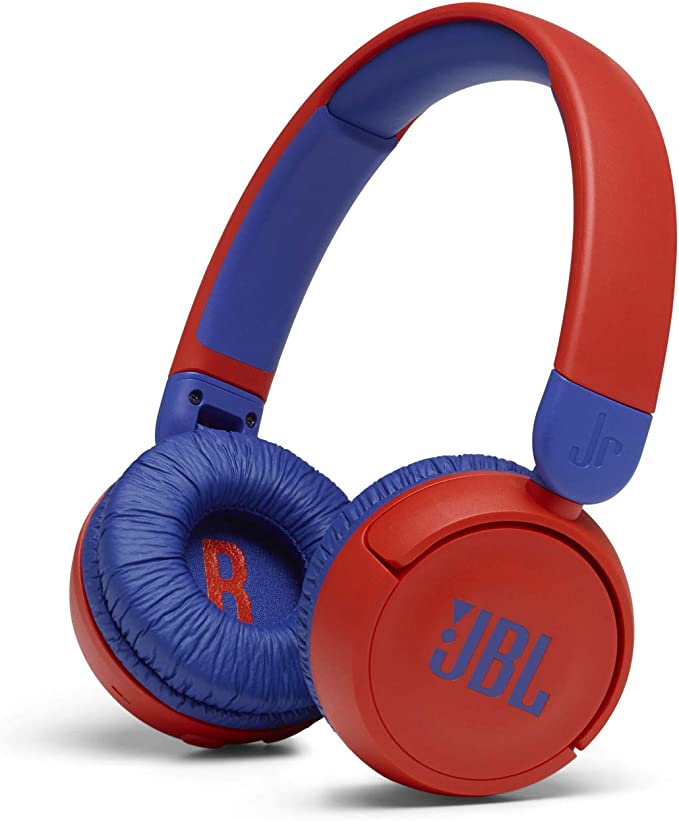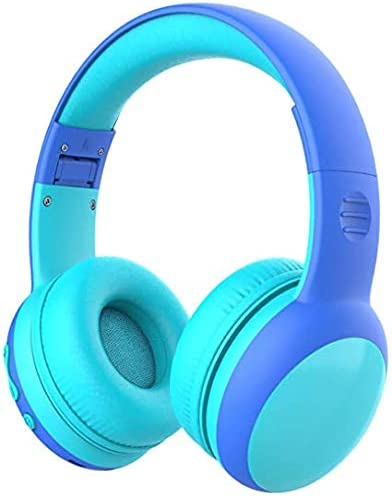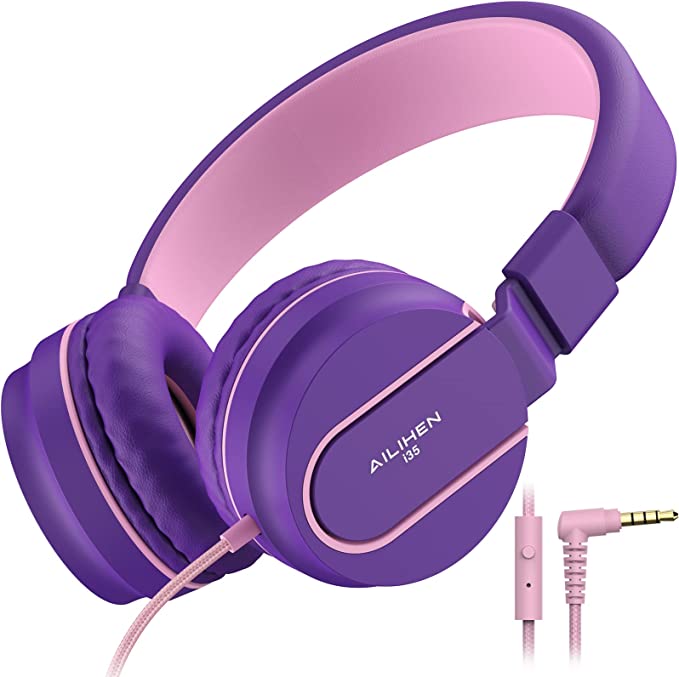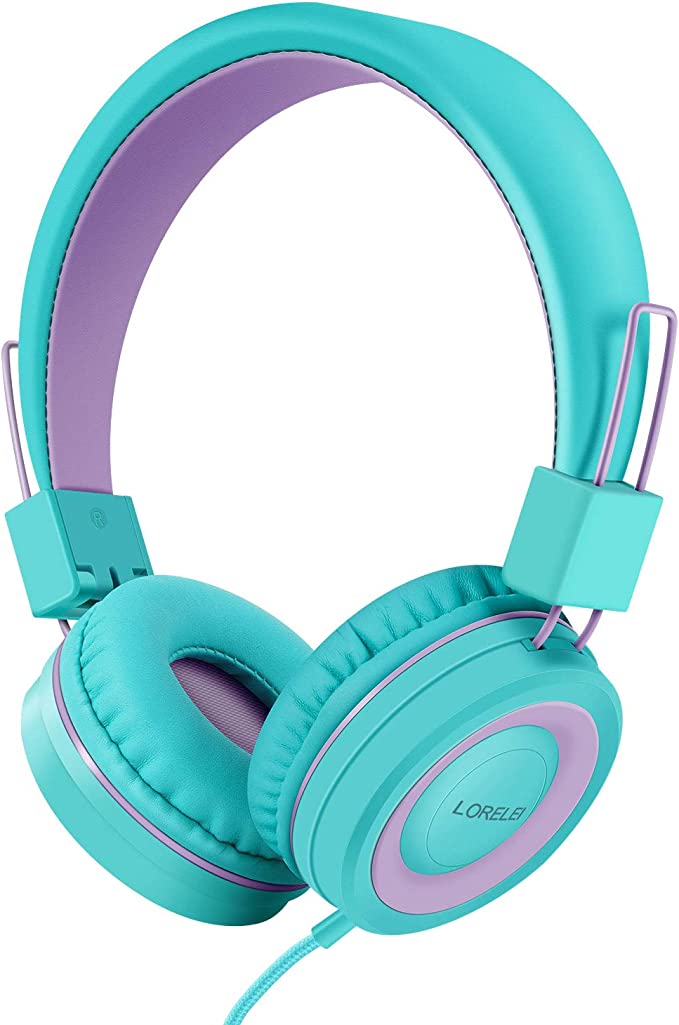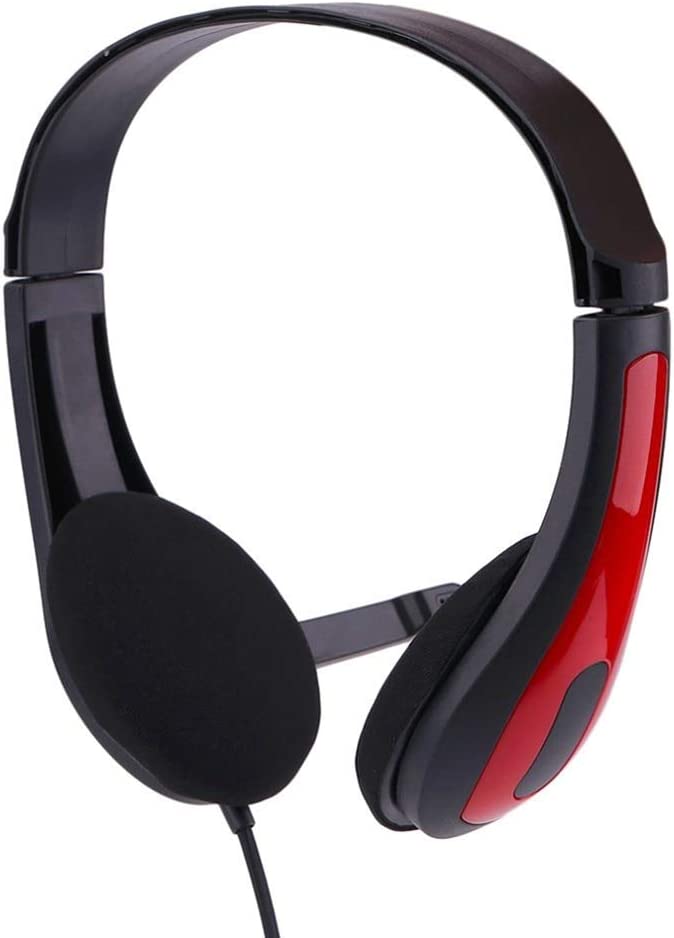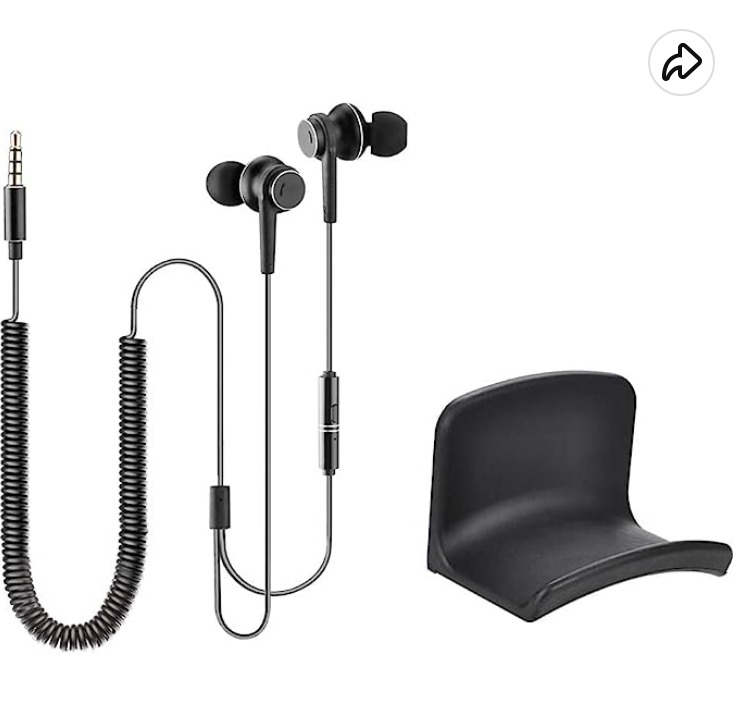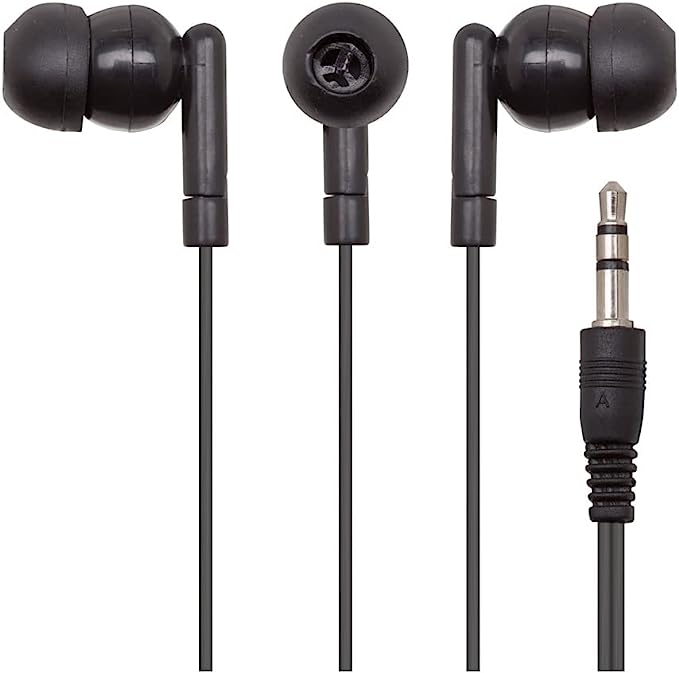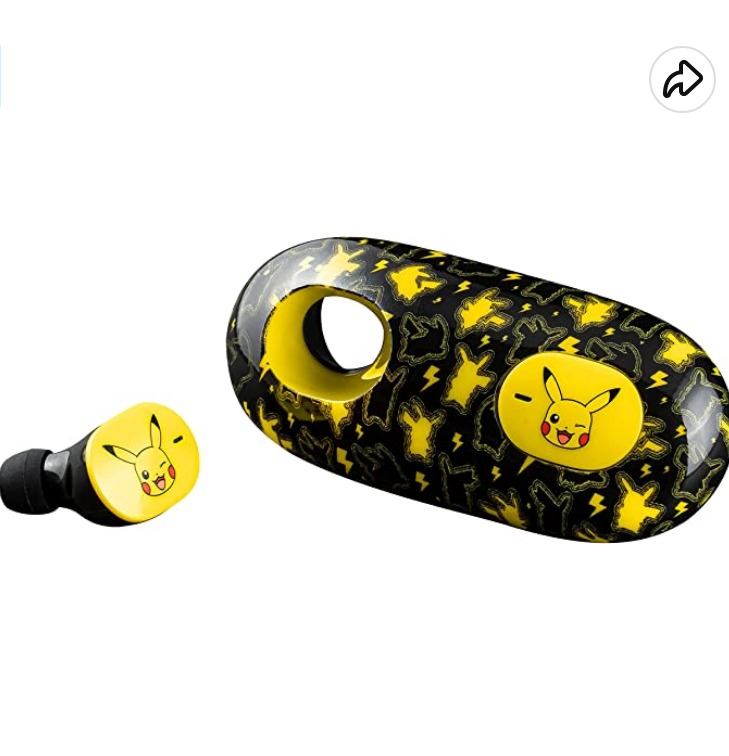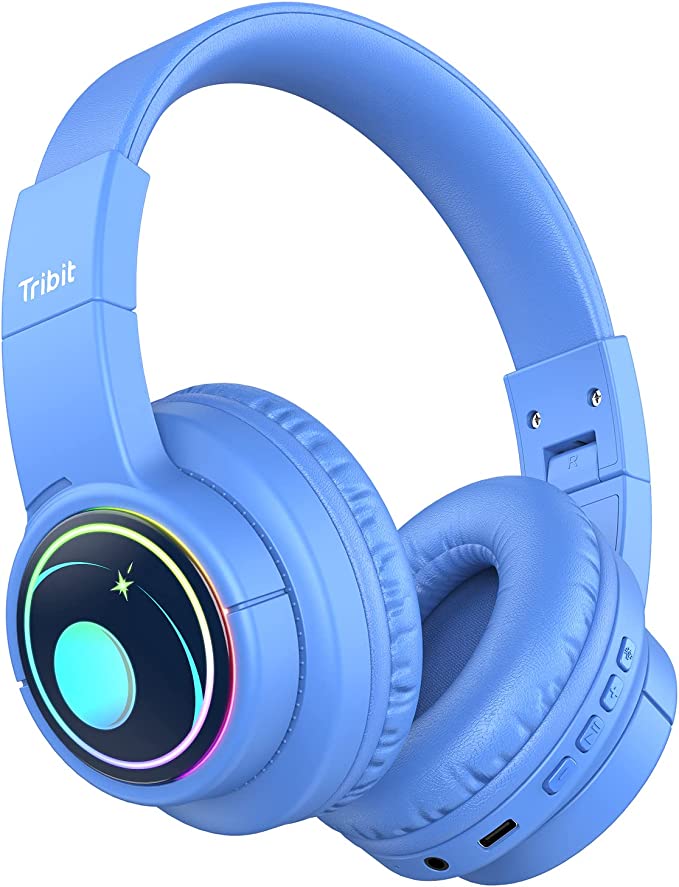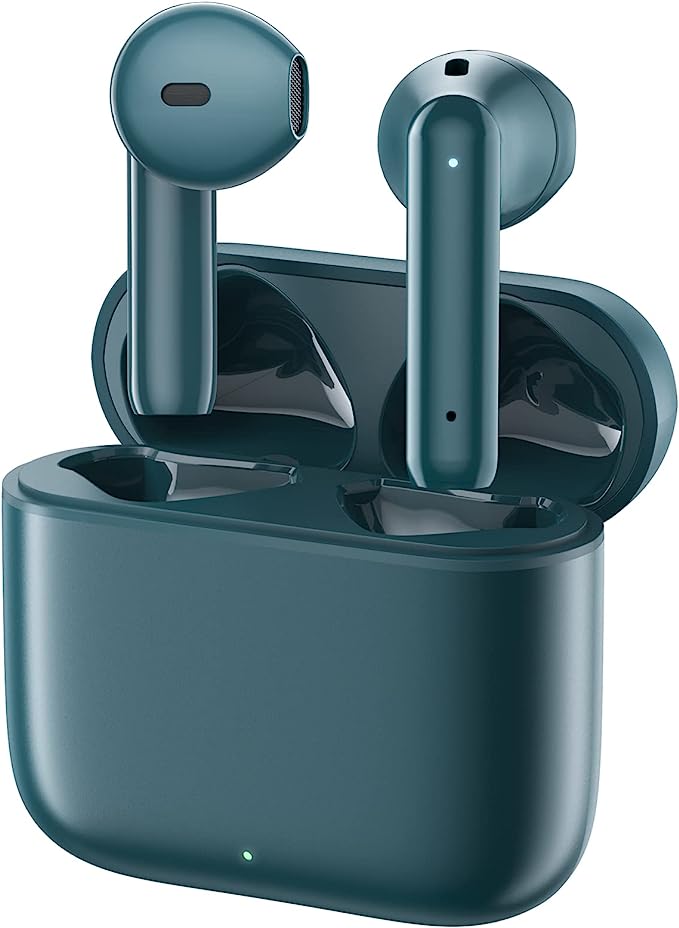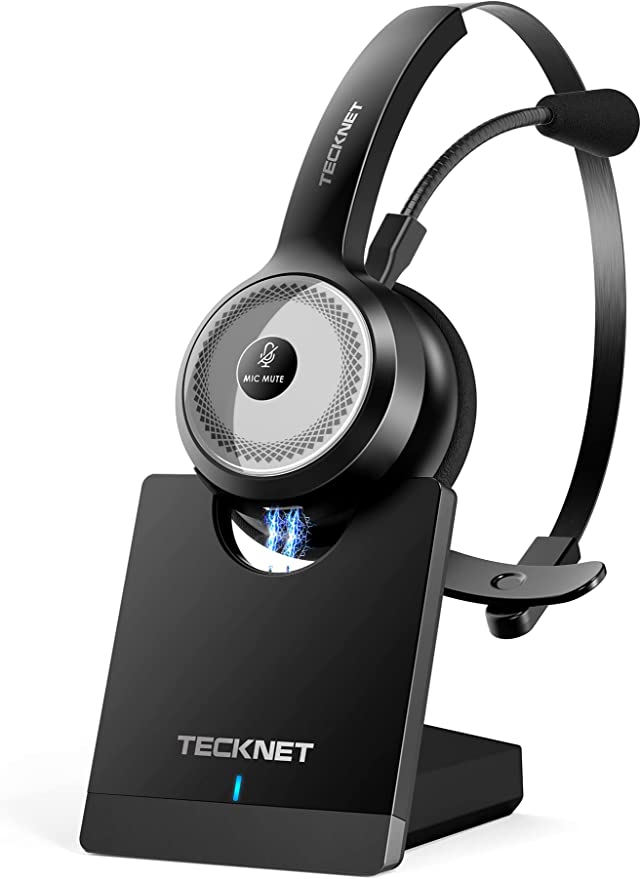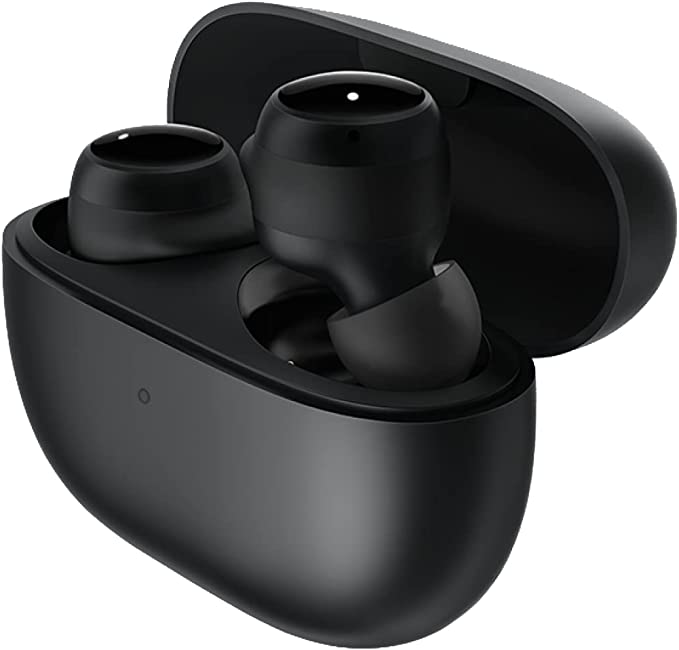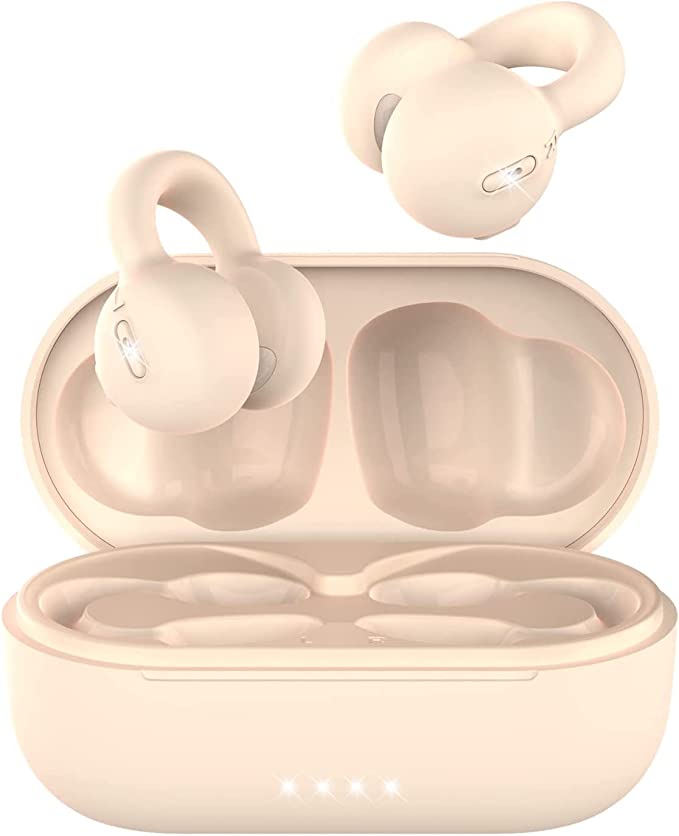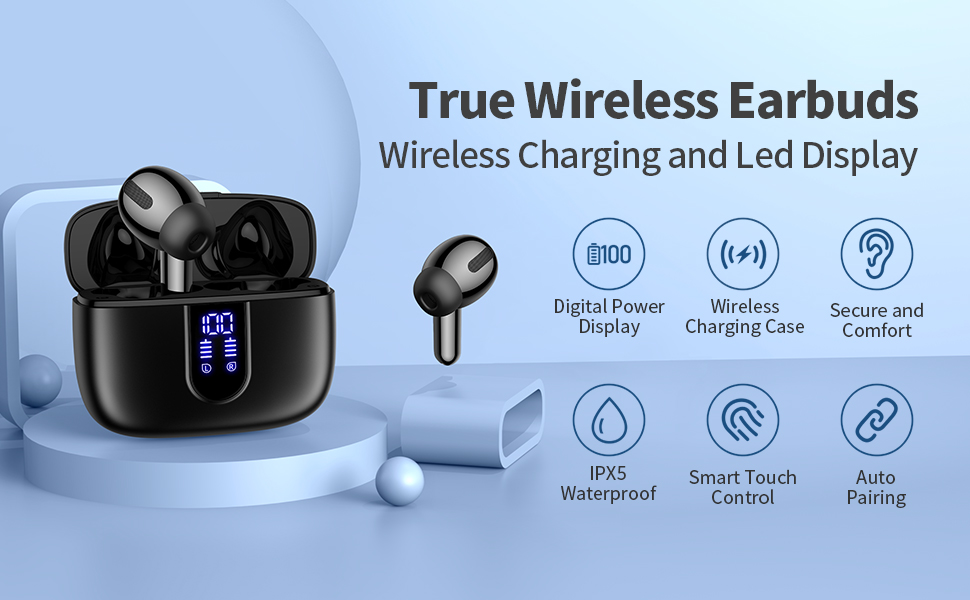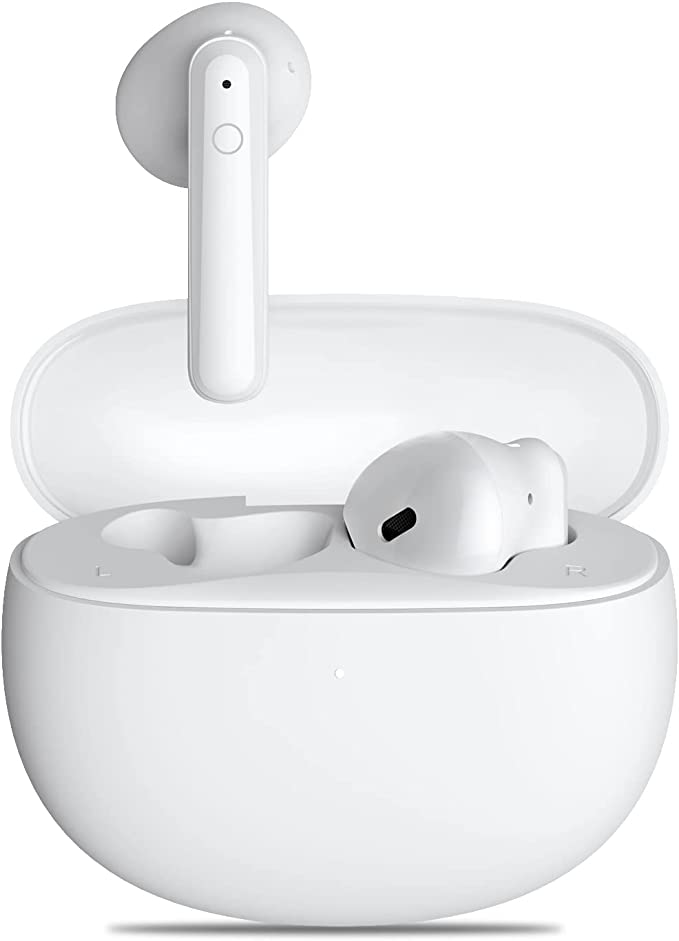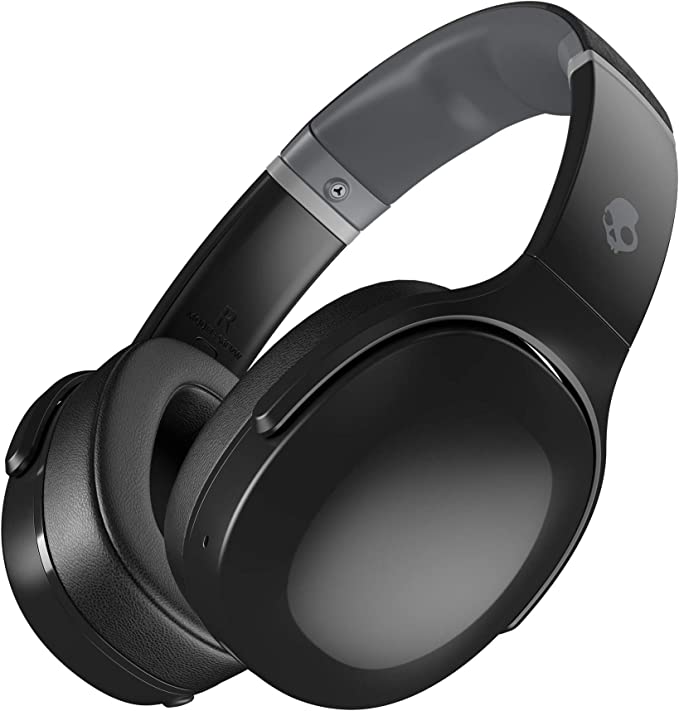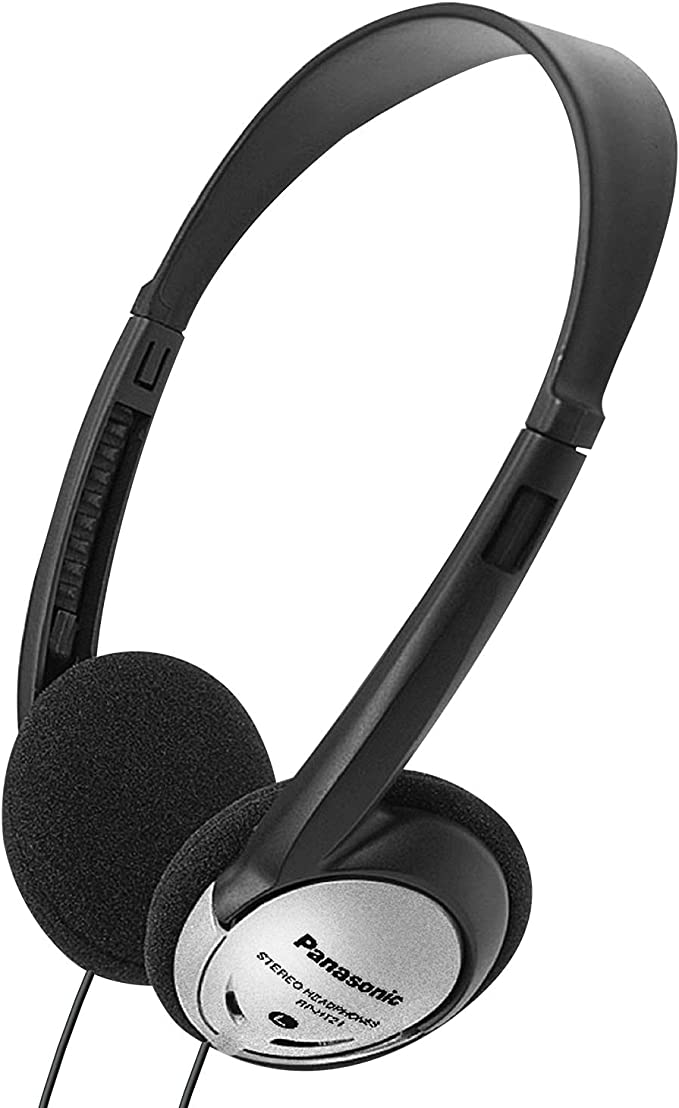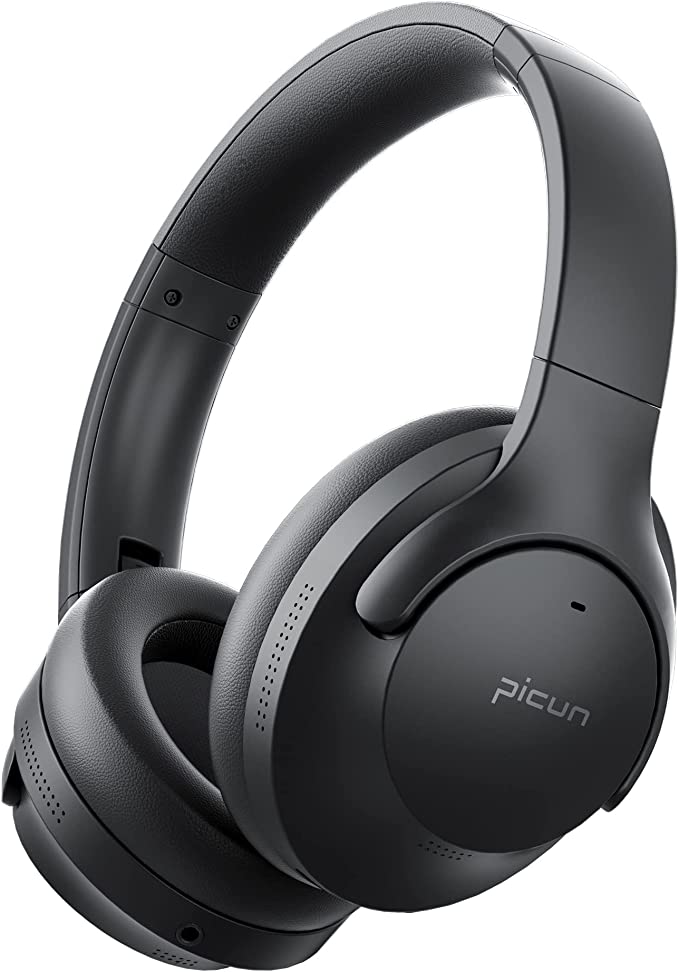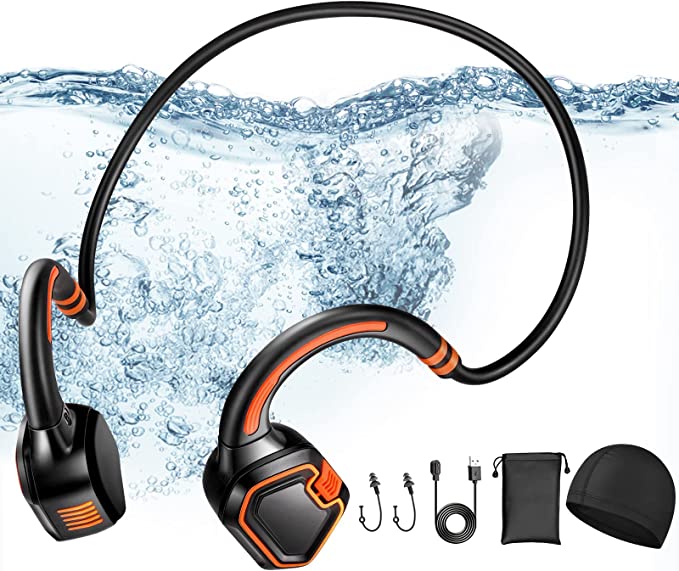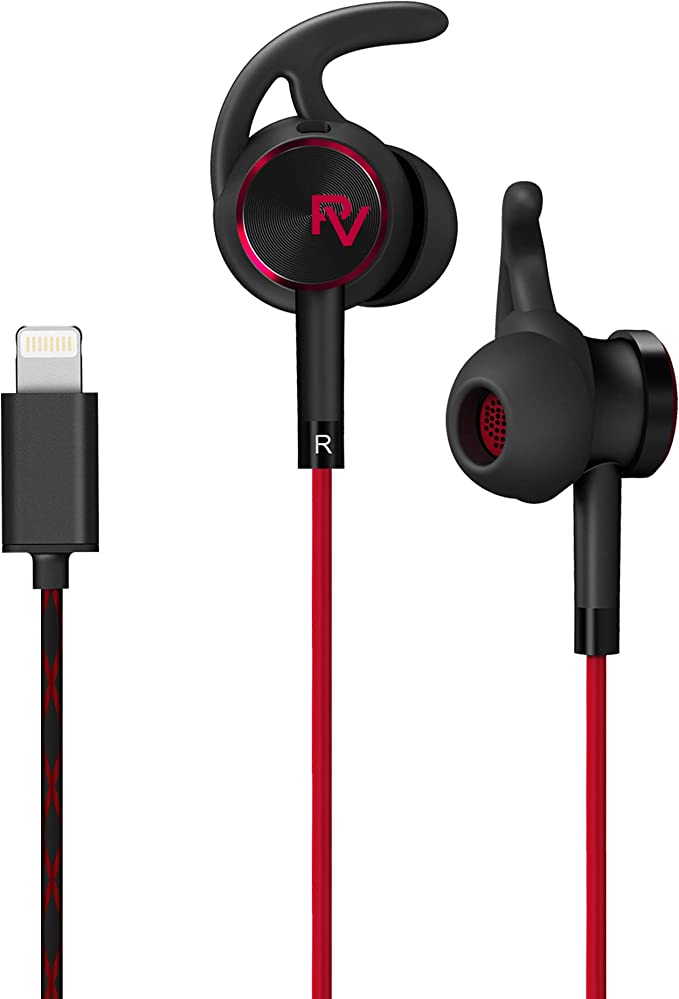Egghead EGP10510GR Heavy-Duty Kids Headphones: Safe, Durable, and Comfortable for Learning
Update on Feb. 22, 2025, 10:27 a.m.
Imagine a classroom filled with the joyful chatter of children, the rhythmic tapping of keyboards, and the occasional burst of music from a video lesson. Headphones are everywhere, seemingly indispensable tools for modern learning. But beneath this seemingly harmonious soundscape lies a hidden danger: noise-induced hearing loss (NIHL). Did you know that an estimated 12.5% of children and adolescents aged 6-19 years have suffered permanent damage to their hearing from excessive exposure to noise? This isn’t just a statistic; it’s a silent epidemic that can have profound, long-lasting consequences on a child’s development, education, and overall well-being.

The Amazing World Inside Your Ears: How Hearing Works
To understand how noise damages hearing, let’s take a journey inside the ear. Think of your ear as a finely tuned instrument, a marvel of biological engineering. It’s divided into three main parts: the outer ear, middle ear, and inner ear.
The outer ear, the part you can see, collects sound waves like a funnel. These waves travel down the ear canal to the eardrum, a thin membrane that vibrates like the head of a drum.
These vibrations are then passed on to the middle ear, a tiny air-filled cavity containing three of the smallest bones in your body: the malleus (hammer), incus (anvil), and stapes (stirrup). These bones act like levers, amplifying the vibrations and transmitting them to the inner ear.
The inner ear houses the cochlea, a snail-shaped, fluid-filled structure that’s the real star of the show. Inside the cochlea are thousands of tiny hair cells, delicate structures that resemble blades of grass swaying in the wind. These hair cells are responsible for converting the mechanical vibrations into electrical signals that the brain can interpret as sound. Different hair cells respond to different frequencies (pitches) of sound, allowing us to distinguish between a high-pitched whistle and a low-pitched rumble.

The Unseen Danger: Noise-Induced Hearing Loss in Children
Now, imagine a powerful hailstorm battering those delicate blades of grass in the cochlea. That’s essentially what happens when ears are exposed to loud noises for extended periods. The intense vibrations can damage or even destroy the hair cells. And unlike grass, these hair cells don’t grow back. Once they’re gone, they’re gone for good, resulting in permanent hearing loss.
Children are particularly vulnerable to NIHL for several reasons. Their ear canals are smaller than adults’, which means sound pressure levels are amplified. Their auditory systems are still developing, making them more susceptible to damage. And, let’s be honest, kids aren’t always the best at judging what’s too loud or monitoring their listening time.
The consequences of NIHL in children extend far beyond simply not being able to hear well. Hearing loss can lead to:
- Speech and language delays: Difficulty understanding and producing speech sounds.
- Academic difficulties: Problems with reading, writing, and following instructions.
- Social isolation: Feeling left out, difficulty communicating with peers.
- Emotional problems: Frustration, anger, low self-esteem.
- Cognitive deficits: Impacting attention, memory and overall learning abilities.
Setting the Volume Right: Safe Listening Practices for Kids
The good news is that NIHL is largely preventable. Here’s what parents and educators need to know:
- The 85 dB Rule: The World Health Organization (WHO) recommends limiting exposure to recreational noise levels above 85 decibels (dBA). To put that in perspective, 85 dBA is roughly equivalent to the sound of heavy city traffic or a noisy restaurant.
- The 60/60 Rule: A helpful guideline is to listen at no more than 60% of the maximum volume for no more than 60 minutes at a time.
- Take Listening Breaks: Encourage children to take frequent breaks from using headphones to give their ears a rest.
- Monitor the Environment: Be aware of the overall noise level in the child’s surroundings. If you have to raise your voice to be heard, it’s too loud.
- Regular hearing test. Regular test can help find the problem earlier.
Navigating the Headphone Jungle: Choosing Safe and Sound Options
Choosing the right headphones for children can be a daunting task. There are countless options on the market, ranging from cheap earbuds to expensive noise-canceling models. Here’s what to look for:
- Volume Limiting (Crucial!): This is the single most important feature for protecting children’s hearing. Look for headphones that have a built-in volume limiter, ideally capped at 85 dBA. Note: Many headphones claim to be volume-limiting, but not all are created equal. Research the specific model and read reviews carefully.
-
Headphone Type:
-
Over-ear (circumaural): These headphones have large earcups that completely surround the ear. They tend to be more comfortable for extended wear and provide better sound isolation than on-ear headphones, reducing the need to crank up the volume. However, they can be bulkier and less portable.
-
On-ear (supra-aural): These headphones rest on the ear but don’t completely enclose it. They are often lighter and more compact than over-ear models, making them a good option for older children and teens. However, they may not provide as much sound isolation and can become uncomfortable after prolonged use.
-
In-ear (earbuds): These headphones fit directly into the ear canal. Generally, in-ear headphones are not recommended for young children. They can be easily inserted too deeply, potentially damaging the ear canal, and they often deliver sound at higher intensities closer to the eardrum. If older children or teens use earbuds, strict volume and time limits are essential.
-
-
Material Safety: Ensure the headphones are made from non-toxic, durable materials that meet relevant safety standards. Look for certifications like CPSIA (Consumer Product Safety Improvement Act) and ASTM F963 (Standard Consumer Safety Specification for Toy Safety) in the US, or EN 71 (European Standard for Toy Safety) in Europe. These standards address issues like phthalates, lead, and small parts that could pose choking hazards.
-
Durability: Kids are tough on their belongings. Look for headphones with a sturdy construction and a reinforced cable that can withstand bending, twisting, and pulling. A chew-resistant cord, like the Tri-Shield cord found on some models, is a valuable feature, especially for younger children.
-
Comfort: Choose headphones with an adjustable headband and soft, padded ear cushions. A comfortable fit is essential for encouraging children to wear headphones correctly and for preventing discomfort during extended use.
-
Fit: The headphones should fit snugly but not too tightly. They shouldn’t slip off easily or put excessive pressure on the ears or head.

The Egghead EGP10510GR: A Case Study
Let’s examine the Egghead EGP10510GR Heavy-Duty Kids Headphones (10 Pack) in the context of these guidelines.
Strengths:
- Durability: The robust plastic casing and the Tri-Shield chew-resistant, kink-resistant, and knot-resistant cord are definite pluses, making these headphones well-suited for classroom environments and heavy use.
- Comfort: The adjustable headband and padded ear cushions are designed for comfort, which is important for extended learning sessions.
- Hygiene: The resealable storage bag with a labeling space is a valuable feature for schools and libraries, promoting hygiene and organization.
- Compatibility: The 3.5mm, 120° slim barrel plug is compatible with most devices and designed to reduce strain on the headphone jack. The 120-degree angle helps prevent accidental disconnections by allowing the cable to lie flatter against the device, reducing the leverage that can cause bending or breakage at the connection point.
- Value: The 10-pack configuration offers a cost-effective solution for institutions.
- Warranty The three-year warranty is a positive for school and institutional use.
Weaknesses (and Crucial Considerations):
- No Explicit Volume Limiting: The provided product information does not mention built-in volume limiting. This is a significant concern for headphones marketed for children. While the headphones may be durable and comfortable, they do not inherently protect against noise-induced hearing loss if the connected device’s volume is set too high. Parents and educators must actively monitor and control the volume output of the device when children are using these headphones.
- Unclear Material Safety Certifications: The product information does not specify compliance with safety standards like CPSIA or ASTM F963. This is another critical concern. While the headphones may be made from durable materials, it’s essential to ensure they are also non-toxic and safe for children. Before purchasing, it is strongly recommended to contact the manufacturer (School Outfitters) or retailer to request documentation confirming compliance with relevant safety standards.
Important Note: The absence of explicit volume limiting and clear material safety certifications does not automatically mean these headphones are unsafe. However, it highlights the crucial responsibility of parents and educators to be proactive in ensuring safe listening practices.
Beyond the Headphones: Maintenance, Hygiene and Responsibility
Choosing the right headphones is just the first step. Proper maintenance and responsible use are equally important:
- Cleaning: Regularly clean the headphones with a soft, slightly damp cloth. Avoid using harsh chemicals or abrasive cleaners. For shared headphones, consider using disposable ear covers or sanitizing wipes.
- Storage: Store the headphones in the provided resealable bag or another clean, dry place to protect them from dust and damage.
- Education: Teach children about safe listening habits. Explain the importance of keeping the volume down and taking breaks. Model good listening behavior yourself.
- Regular hearing check. Get your and your children’s hearing tested.
A Sound Future: Protecting the Next Generation’s Hearing
Hearing is a precious gift, one that we often take for granted until it’s diminished. By understanding the risks of noise-induced hearing loss and taking proactive steps to protect children’s ears, we can help ensure they enjoy a lifetime of clear, healthy hearing. Choosing appropriate headphones is a part of this, but it’s equally crucial to instill safe listening habits and foster a culture of awareness around hearing health. Remember, protecting little ears today safeguards their ability to learn, communicate, and fully experience the world tomorrow. The responsibility rests with parents, educators, and the entire community to prioritize hearing health and create a sound future for the next generation. Let’s make sure the sounds of learning and laughter are always enjoyed safely.
